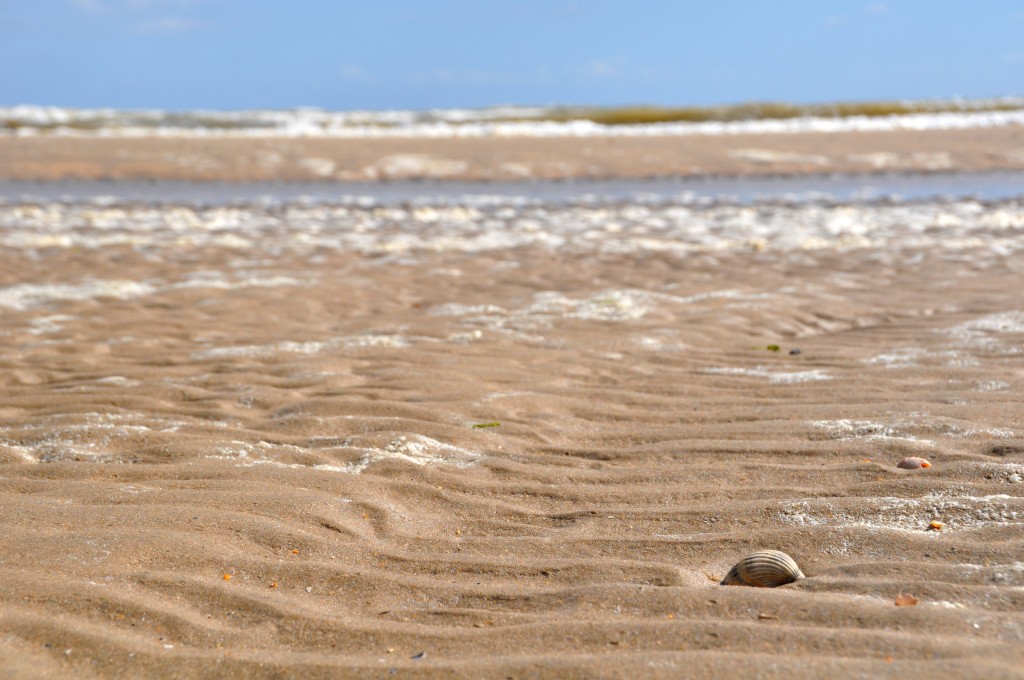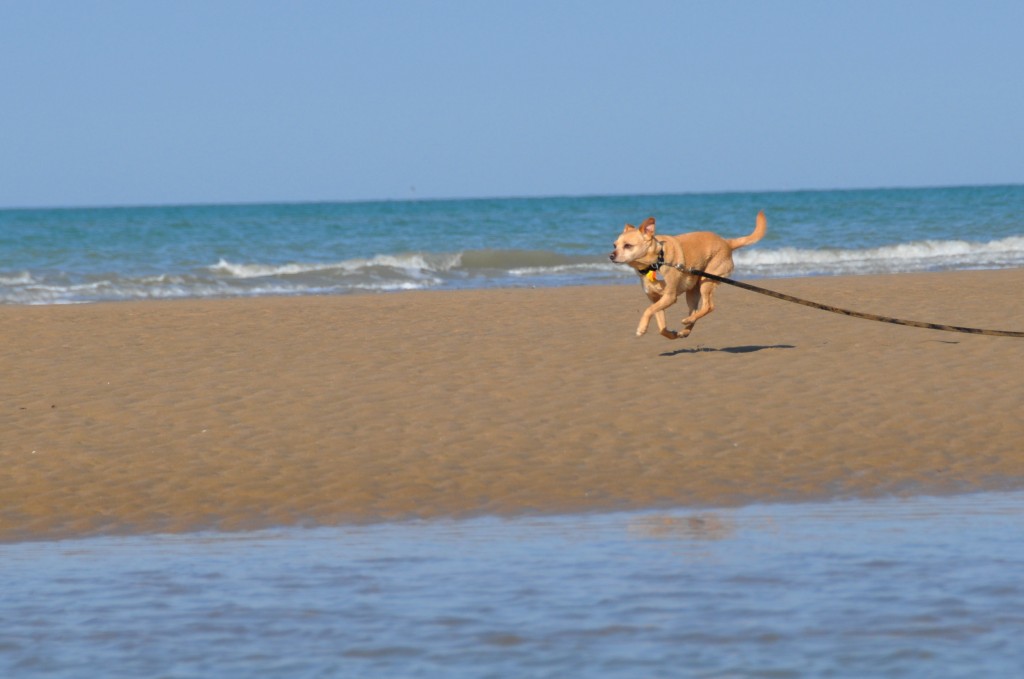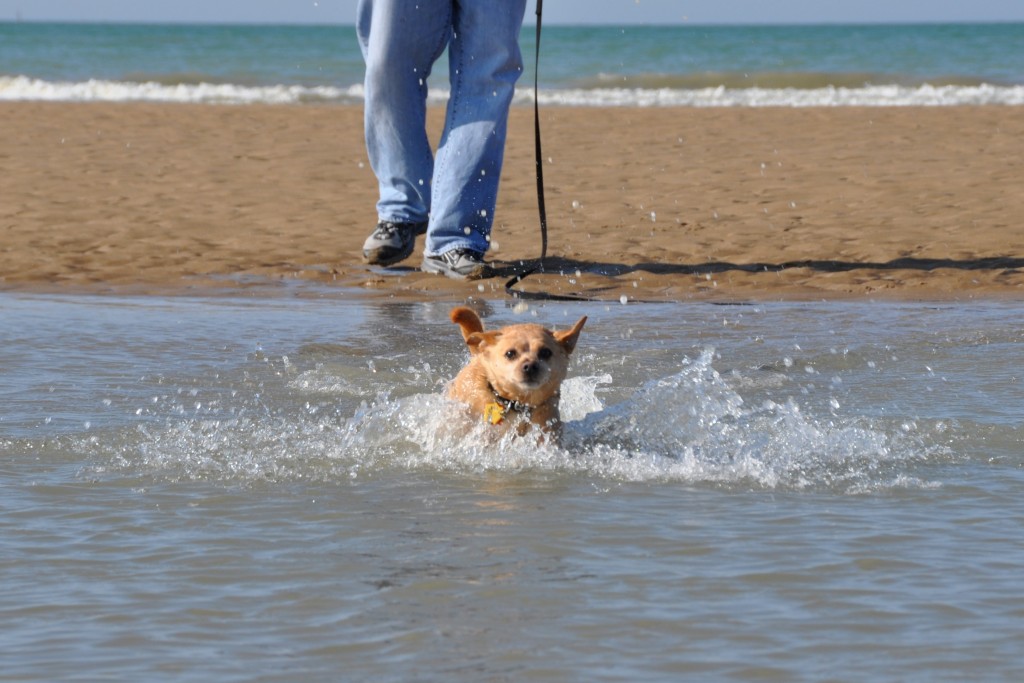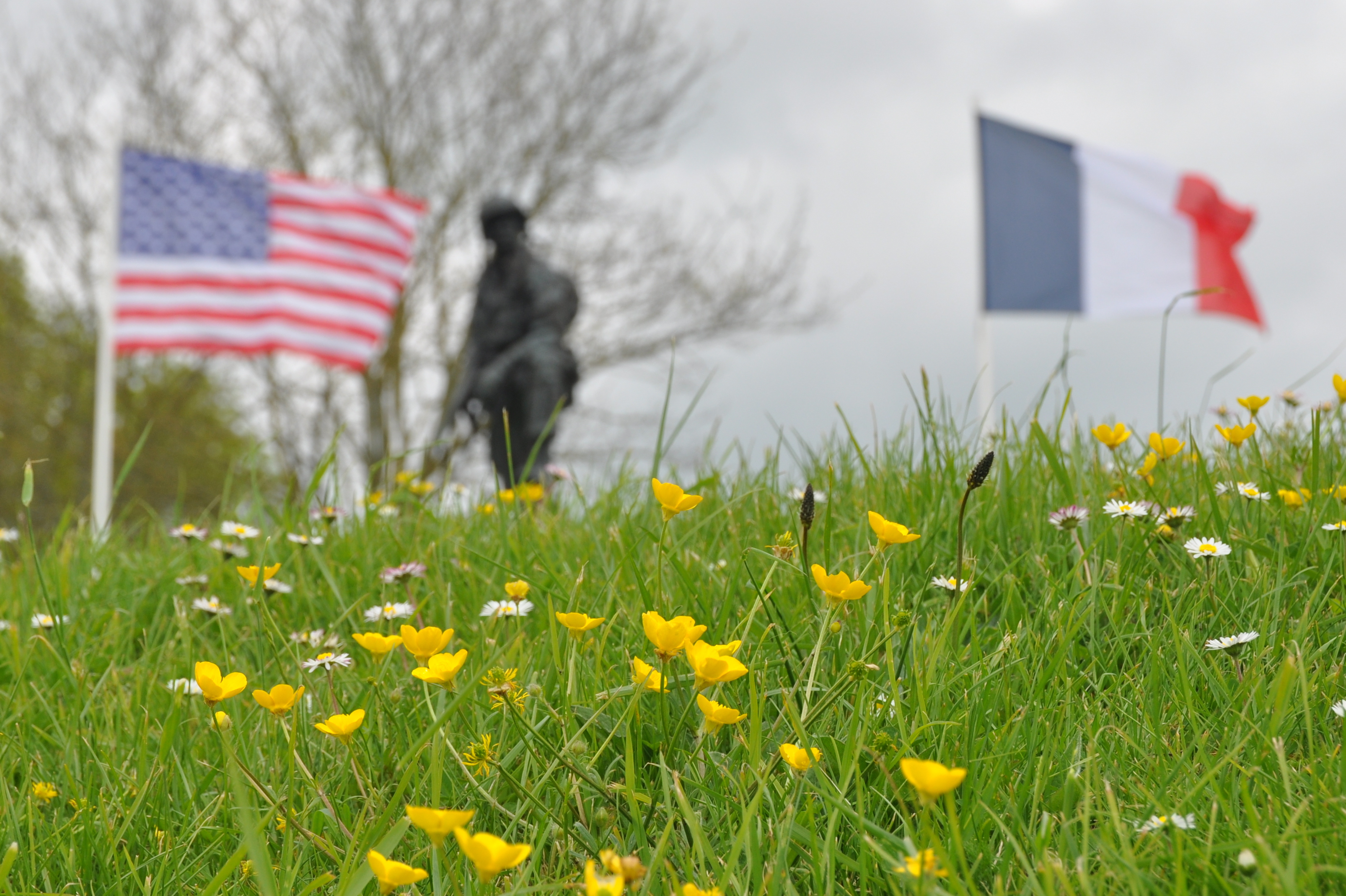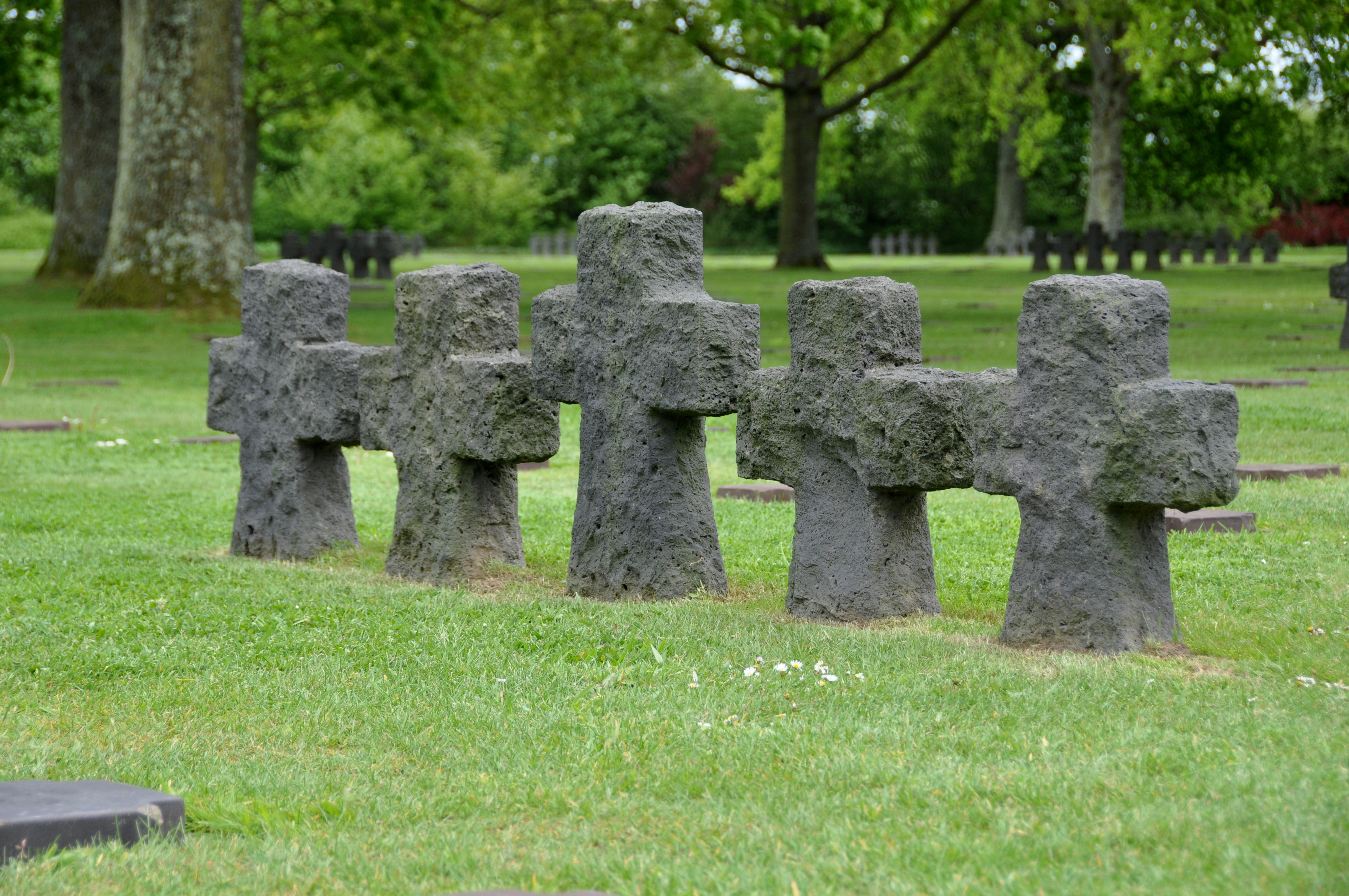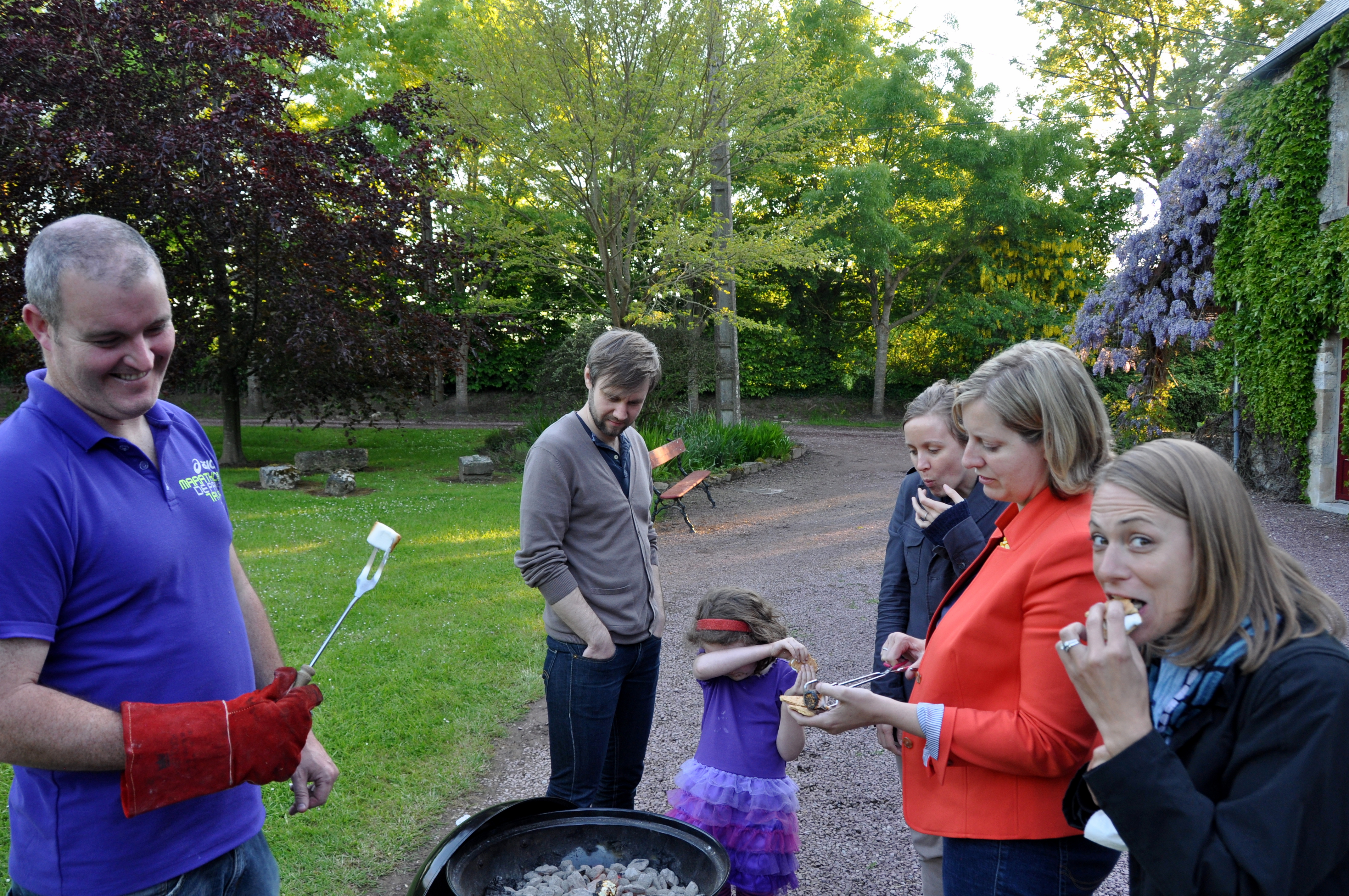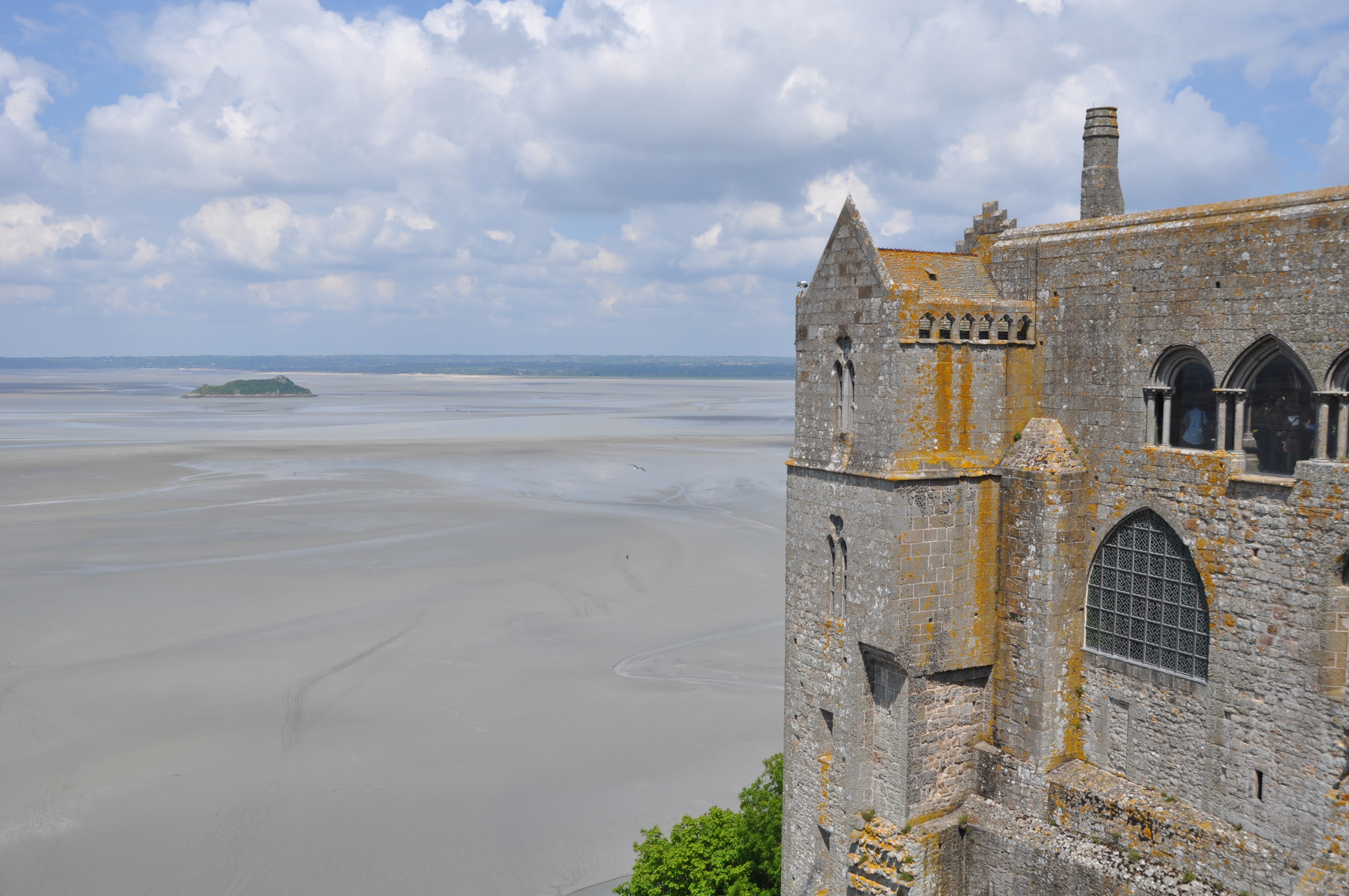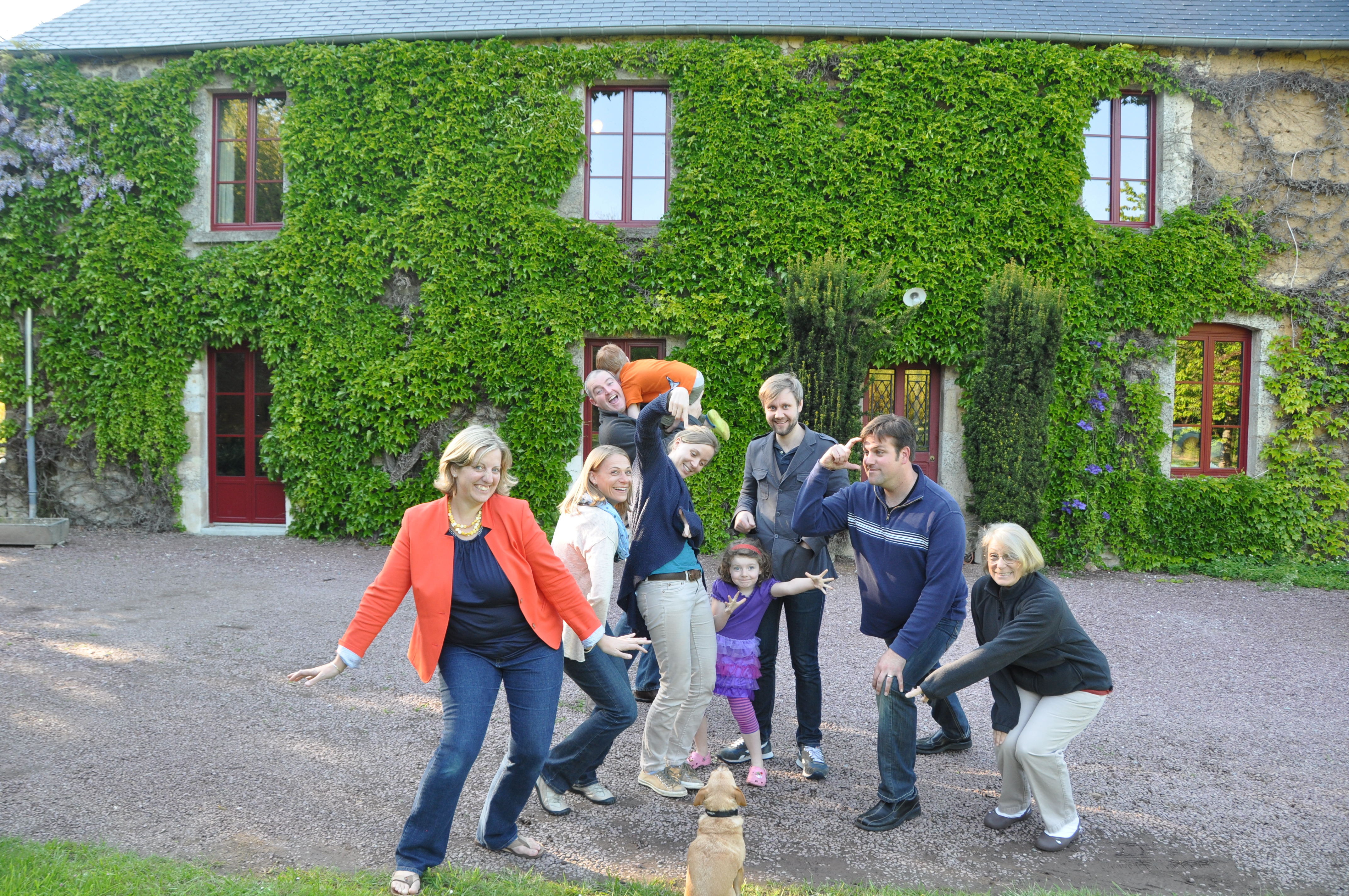The statistics are staggering. UTAH BEACH: 23,250 Americans landed, 450 casualties. OMAHA BEACH: 34,250 Americans landed, 3,600 casualties. GOLD BEACH: 24,970 British landed, 1,050 casualties. JUNO BEACH: 21,500 Canadian landed, 1,270 casualties. SWORD BEACH: 28,845 British and French landed, 800 casualties. SLAPTON BEACH (Operation Tiger): 30,000 allied troops landed, 946 casualties.
The stories are heartbreaking. John J. Pinder, Technician 5th Grade, landed 100 yards off shore under enemy artillery fire. He struggled through waist-deep water, carrying a vitally important radio. He was gravely wounded by enemy fire, but made it to shore and was able to deliver the radio. Although in severe pain and weakened by a loss of blood, Pinder refused medical assistance and headed into the tumultuous turf three more times to salvage more communication equipment. On his third trip, he was hit with machine gun fire to the legs, but continued to establish vital radio communication on the beach. John was eventually hit and killed on the beach. He died on D-Day, his 32nd birthday. John received a Medal of Honor for his ‘gallantry and intrepidity beyond the call of duty.’
Only those that were there, those who spotted the coastline from their aircraft, those who tasted the salty water and breathed the smoky air will ever know exactly what it was like on June 6, 1944. The rest of us can only imagine, conjecture how it felt, and give our best shot at empathy.
We visited the memorials and museums at Utah and Omaha beaches, and remained continually in awe of the strength and courage of the tens of thousands of soldiers who changed history on one fateful day. Operation Overload was the largest combined-force assault to-date and ultimately the beginning of the end for the Third Reich. As beautiful as it was to stand on the beaches, looking out to sea, it would have been a very different sight nearly 70 years ago: 300 miles of coastline filled with 2,350 aircraft, 850 gliders and an armada of nearly 4,000 ships.
At Pointe du Hoc, a location of one of the German strongholds along the ‘Atlantic Wall’, the challenges and horrors of battle are the most tangible of any other place along the Normandy Beaches. There are still remnants of concrete German gun posts, bunkers, and dozens of huge craters pock the land, evidence of the rain of allied bombs that fell. The Pointe du Hoc Ranger Monument honors the 225 Rangers who scaled the jagged cliffs with rope ladders and eventually overwhelmed the enemy. It’s almost impossible to fathom the strength of mind, body, and faith required to climb up a 100ft sheer cliff face, carrying over 50 pounds of gear, amidst exploding bombs, opposing fire, and the cries of your wounded comrades, just to be faced with even stronger enemy fire upon reaching the top.
In the late hours of June 5, 1944 and the first minutes of June 6, on the brink of one of the deadliest battles the world has ever seen, an indescribable commitment to country is what drove all of the D-Day soldiers to head directly into the face of terror. Their sacrifices changed the world.
On the last evening of our week in Normandy, we decided to return to the beaches and experience them with a different intent: joy. We did this with plenty of running….
…and swimming…
…it was one of my favorite parts of our week.
Despite being a really sad place in human history, Normandy’s beaches are a beautiful place. Honoring our service members should be as much about celebrating their dedication to their country as mourning their death.

